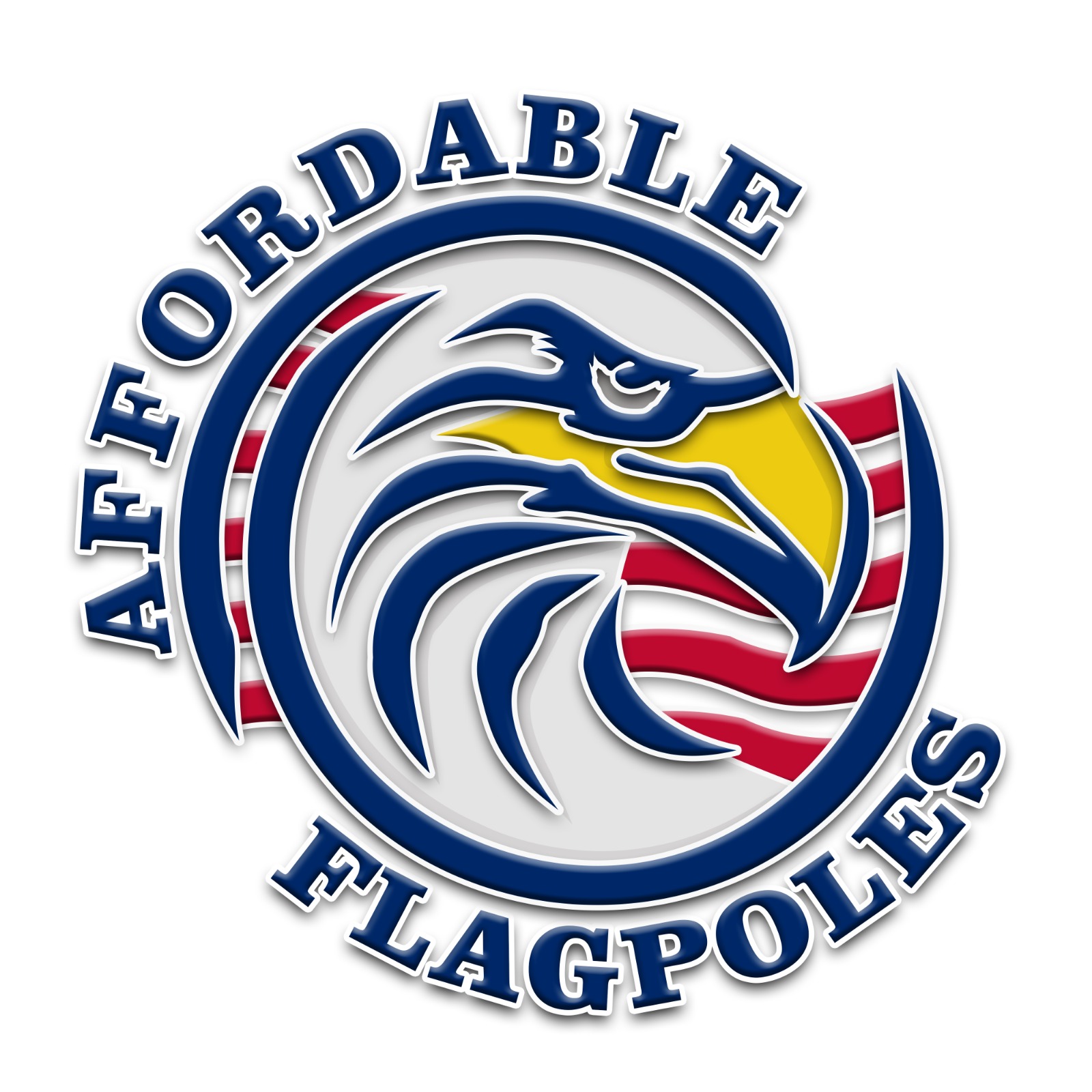Flagpole Lighting Guide
How to Light Up a Flagpole
Lighting the U.S. flag is one of the most common uses for floodlights, but there are guidelines. The U.S. Flag Code outlines, for example, the rules for the Pledge of Allegiance, how to show respect for the flag, and the display and use of the flag by civilians. The code went into effect in 1923, but was amended in 1942 under President Franklin D. Roosevelt to include rules for citizens outside of the military and government.
According to the code, the flag should really only be flown between sunrise and sunset on stationary flagstaffs or poles. If the flag is displayed 24 hours a day, it must be lit at all times no matter the direction of the wind.
There are several important factors that go into lighting a flag, including surrounding ambient light, flagpole height and beam spread.
Ambient light is the general overall light level in any given area. In a well-lit city or neighborhood (high ambient light), a high-output Floodlight should be used to counter surroundings. However, in a country or rural setting, with less ambient light, a lower-output Floodlight will be equally effective.
Just as ambient light is related to light output, there is a similar correlation between flagpole height, beam spread and light output. Check out our basic guidelines below:

- Additional Considerations when Choosing Flagpole Lighting
Single Spot Beam
• 17ʹ poles require a spot beam spread (20˚) and approximately 4000 lumens• 20ʹ poles require a spot beam spread (35˚-60˚) and 7200-7700 lumens
• 25ʹ poles require a spot beam spread (35˚-60˚) and 10,800-27,400 lumens
Floodlights
• 25’ flagpoles require a double 2000 lumen Floodlight with a 24 degree beam spread• 17’ or 20’ flagpoles require a triple 650 lumen Floodlight with a 15 degree beam spread
• Flagpole height should be approximately 3 to 4 times the length of the
• Fixtures typically should be installed approximately 18” to 36” from the base of the flagpole
FAQ
How Many Lumens Do I Need For A Flagpole?• 17’ poles – approximately 1800 lumens
• 20’ poles – 2000 lumens
• 25’ poles – 4,000 lumens
How Much Light Does a Flagpole Need At Night?
• You’ll need two or three fixtures to properly light your flag, mainly to make sure the shadow of the pole doesn’t obscure the flag.
• Light output should be at least a minimum of 1500 lumens. Use the narrowest beam possible to focus as much light as you can on the flag. Keep in mind, the flag is allowed to wave in any direction, so make sure the beam is also wide enough to account for sudden wind shifts in any direction. Example: if you have a five-foot-wide flag, make sure the light spread covers a five-foot radius from the pole at its peak. If you’re using two fixtures to do this, make sure the beams overlap.
What Is Proper Illumination Protocol For The US Flag?
• According to the US flag code outlines, the flag should only be flown between sunrise and sunset, on buildings and on flag staffs. The pole must be stationary. If you want to display your flag 24 hours a day, it must be lit at all times and properly illuminated during hours of darkness.You’ll need two or three fixtures to properly light your flag, mainly to make sure the shadow of the pole doesn’t obscure the flag.

